Fatty changes in liver information
Home » » Fatty changes in liver informationYour Fatty changes in liver images are ready. Fatty changes in liver are a topic that is being searched for and liked by netizens now. You can Download the Fatty changes in liver files here. Find and Download all free images.
If you’re looking for fatty changes in liver images information related to the fatty changes in liver topic, you have come to the ideal blog. Our website always gives you hints for seeing the maximum quality video and image content, please kindly hunt and find more enlightening video articles and graphics that fit your interests.
Fatty Changes In Liver. But for 7% to 30% of people with the condition, fatty liver disease gets worse over time. Fatty liver disease ( fld ), also known as hepatic steatosis, is a condition where excess fat builds up in the liver. Focal fatty change first described in 1980 (gastroenterology 1980;78:247) clinical features rare, often incidental finding at autopsy or misinterpreted on imaging as. Occasionally there may be tiredness or pain in the upper right side of the abdomen.
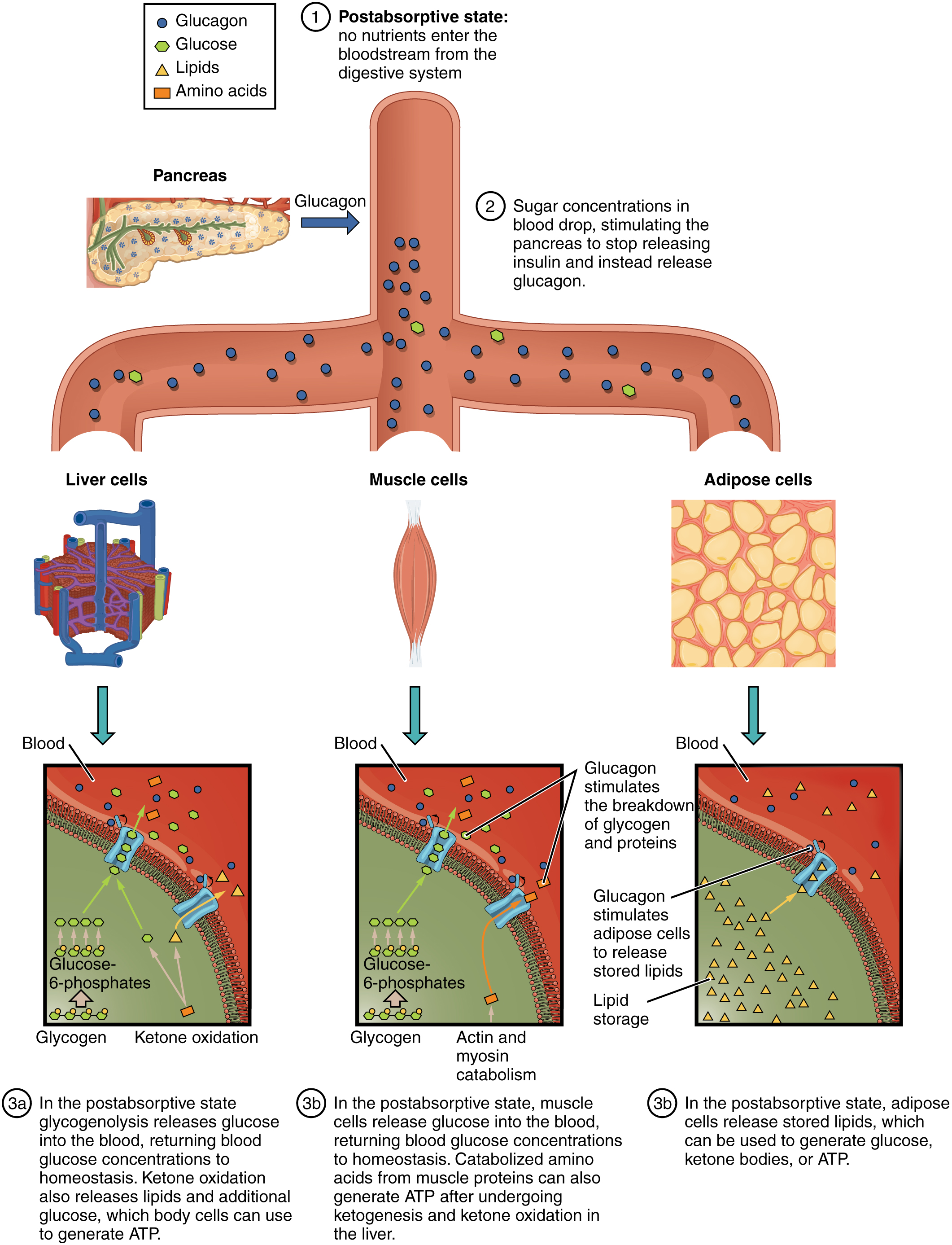 Metabolic States of the Body · Anatomy and Physiology From philschatz.com
Metabolic States of the Body · Anatomy and Physiology From philschatz.com
Usually it is caused due to alcohol consumption. In some cases, though, it can lead to liver damage. Fatty liver disease occurs when excess fat builds up in the liver. In extreme cases, scarring leads to liver failure. Fatty liver, or hepatic steatosis, is a broad term that describes the buildup of fats in the liver. Fatty liver is becoming more common throughout the western world because we are eating too many added sugars and added fats.
A normal healthy liver compared to one with fatty liver disease where the fat is stored in the liver cells.
Liver is enlarged rounded inferior margin smooth capsule 8. In extreme cases, scarring leads to liver failure. Steatosis can also occur in other organs, including the kidneys, heart, and muscle. Centrilobular or periportal) fatty change is more likely to be treatment related. As a result, your liver undergoes a decrease in its ability to break down the ingested food and remove fats that reaches the liver. But for 7% to 30% of people with the condition, fatty liver disease gets worse over time.
 Source: niehs.nih.gov
Source: niehs.nih.gov
Liver is enlarged rounded inferior margin smooth capsule 8. Focal fatty change first described in 1980 (gastroenterology 1980;78:247) clinical features rare, often incidental finding at autopsy or misinterpreted on imaging as. The fat in liver cells can build up. The morphologic features are consistent with The cytoplasmic vacuolization in figure 3 and figure 4 is diffuse and consists of both large and small single or double cytoplasmic vacuoles within hepatocytes.
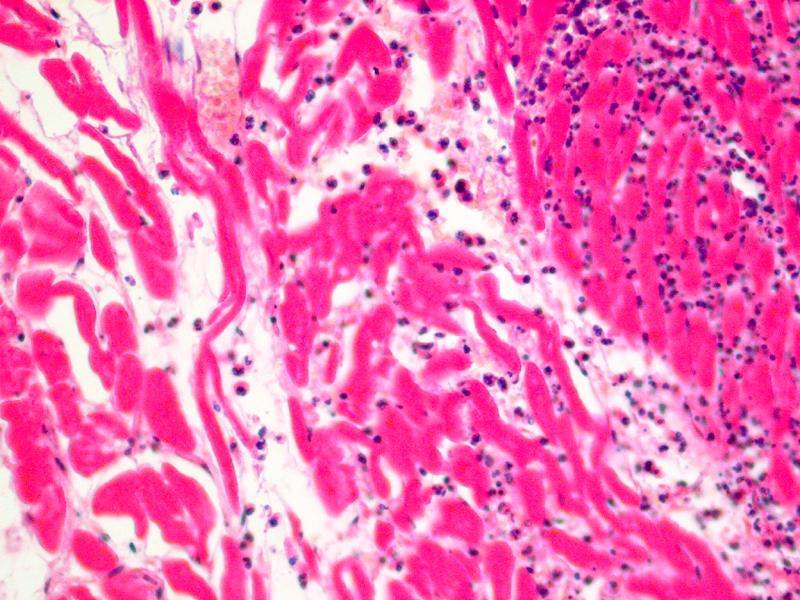 Source: easynotecards.com
Source: easynotecards.com
A healthy liver should contain little or no fat. Pale colour is due to presence of fat vacuoles within hepatocytes. As a result, your liver undergoes a decrease in its ability to break down the ingested food and remove fats that reaches the liver. Fatty liver disease occurs when excess fat builds up in the liver. It usually doesn’t cause any symptoms and is often first detected by accident when an imaging study (such as an abdominal ultrasound, ct scan, or mri) is requested for another reason.
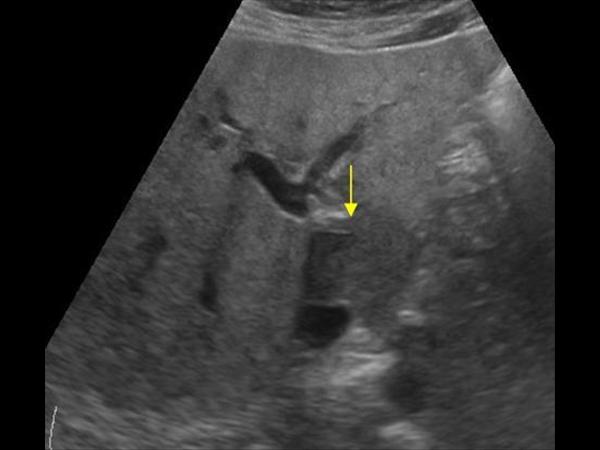 Source: ultrasoundcases.info
Source: ultrasoundcases.info
Focal fatty change first described in 1980 (gastroenterology 1980;78:247) clinical features rare, often incidental finding at autopsy or misinterpreted on imaging as. As a result, your liver undergoes a decrease in its ability to break down the ingested food and remove fats that reaches the liver. Steatosis, also called fatty change, is abnormal retention of fat within a cell or organ. The cleveland clinic states, in most cases, fatty liver disease doesn�t cause any serious problems or prevent your liver from functioning normally. Most people have no symptoms, and it doesn’t cause serious problems for them.
 Source: wikidoc.org
Source: wikidoc.org
Too much fat in the liver can cause liver inflammation and liver damage. Fatty liver disease is a common condition caused by the storage of extra fat in the liver. In contrast, figure 5 and figure 6 are representative of microvesicular fatty change, with a more prominent response in periportal and midlobular areas. As a result, your liver undergoes a decrease in its ability to break down the ingested food and remove fats that reaches the liver. But for 7% to 30% of people with the condition, fatty liver disease gets worse over time.
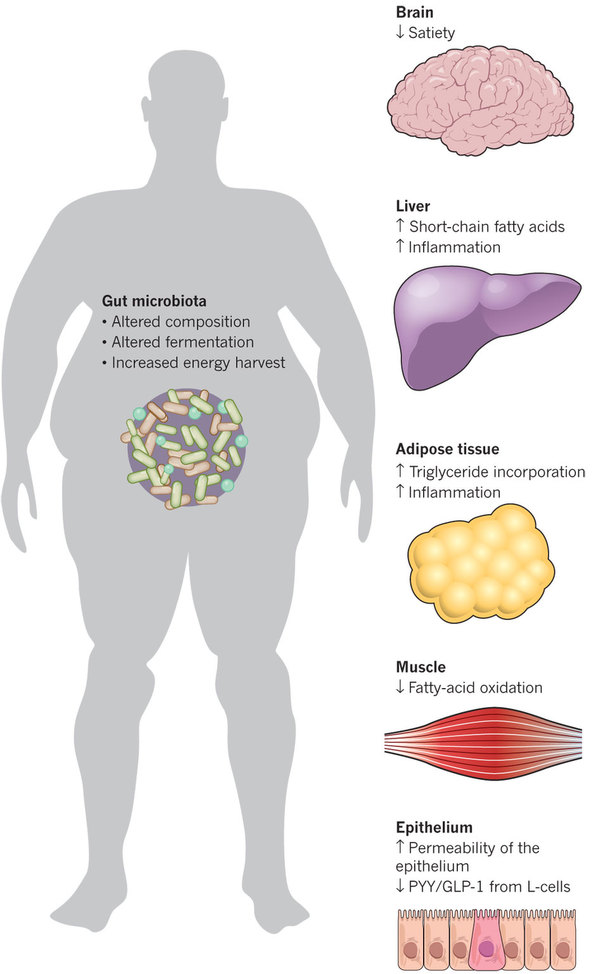 Source: jonlieffmd.com
Source: jonlieffmd.com
In contrast, figure 5 and figure 6 are representative of microvesicular fatty change, with a more prominent response in periportal and midlobular areas. Gross morphological changes seen in fatty liver hepatic parenchyma appears a peculiar bright orange colour and liver appears pale yellow on its posterior aspect. The morphologic features are consistent with It usually doesn’t cause any symptoms and is often first detected by accident when an imaging study (such as an abdominal ultrasound, ct scan, or mri) is requested for another reason. Grade 1 fatty liver refers to the first stage of the condition.
 Source: philschatz.com
Source: philschatz.com
If there is too much, you have fatty liver. A healthy liver should contain little or no fat. Too much fat in the liver can cause liver inflammation and liver damage. Excess fat in the liver can result in liver inflammation, damaging the liver and causing scarring. The cytoplasmic vacuolization in figure 3 and figure 4 is diffuse and consists of both large and small single or double cytoplasmic vacuoles within hepatocytes.
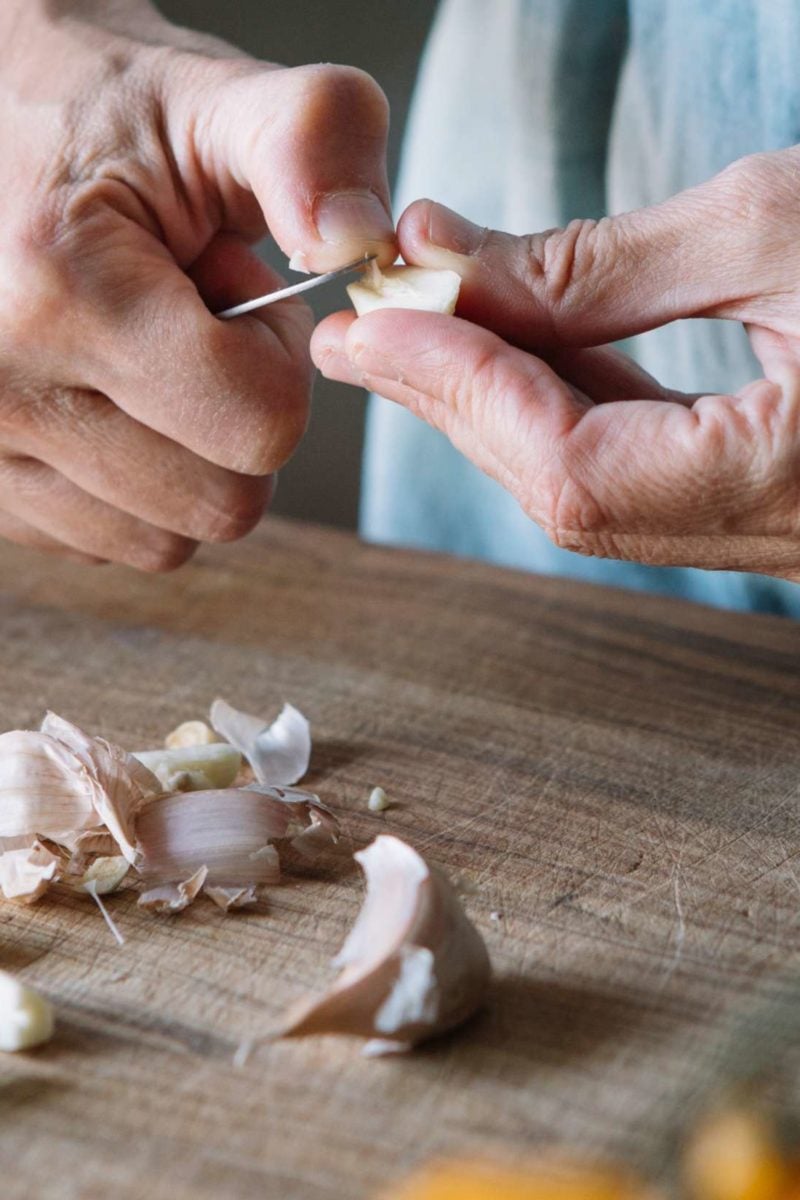 Source: medicalnewstoday.com
Source: medicalnewstoday.com
It usually doesn’t cause any symptoms and is often first detected by accident when an imaging study (such as an abdominal ultrasound, ct scan, or mri) is requested for another reason. Occasionally there may be tiredness or pain in the upper right side of the abdomen. Fatty liver disease ( fld ), also known as hepatic steatosis, is a condition where excess fat builds up in the liver. In extreme cases, scarring leads to liver failure. Your liver becomes inflamed (swollen), which damages its tissue.
 Source: pmj.bmj.com
Source: pmj.bmj.com
If there is too much, you have fatty liver. Excess fat in the liver can result in liver inflammation, damaging the liver and causing scarring. In some cases, though, it can lead to liver damage. It�s estimated up to 1 in every 3 people in the uk has early stages of nafld, where there are small amounts of fat in. Fatty liver disease ( fld ), also known as hepatic steatosis, is a condition where excess fat builds up in the liver.
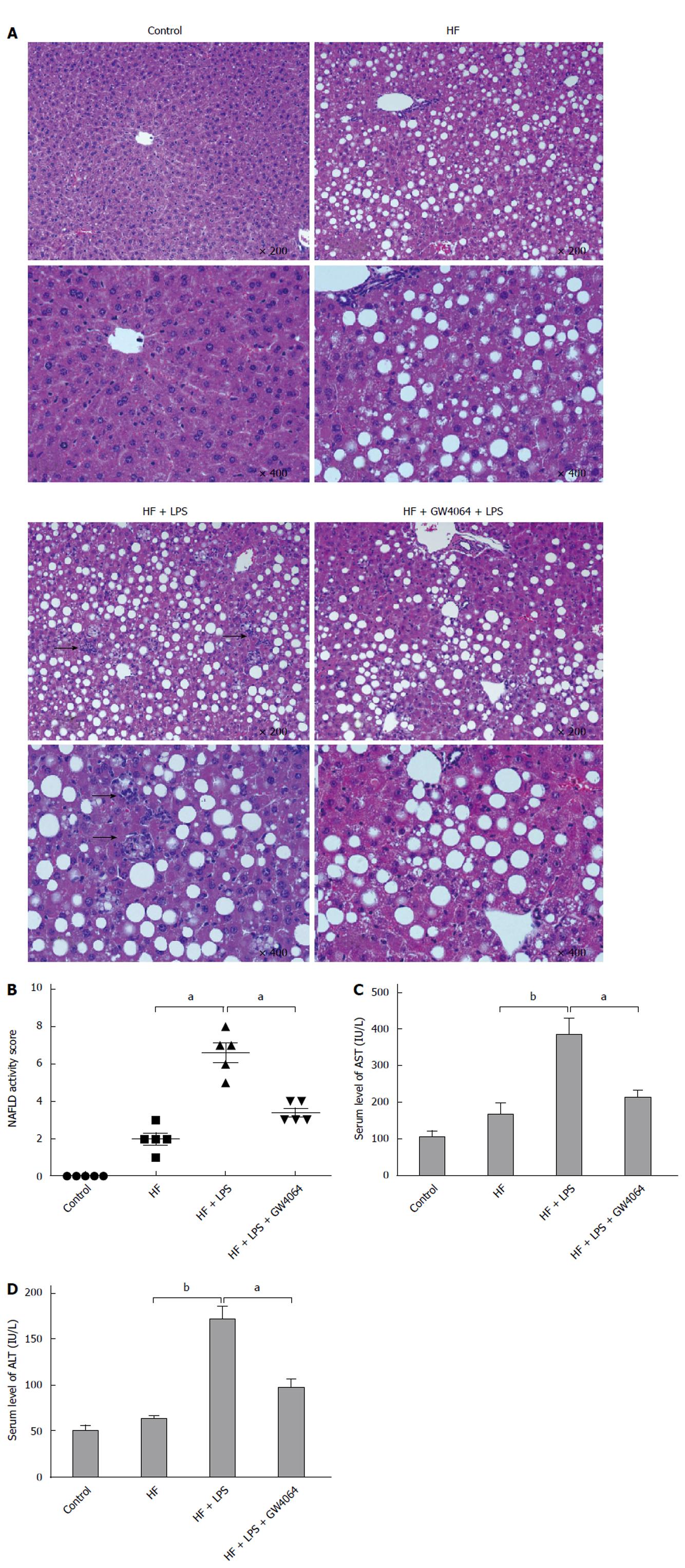 Source: wjgnet.com
Source: wjgnet.com
Obesity, and medical conditions such as hypertension, hypercholesterolemia, and diabetes, are risk factors for the development of nafld. The morphologic features are consistent with macrovesicular fatty change, with compression and displacement of the nuclei to the periphery of affected hepatocytes. Often there are no or few symptoms. Too much fat in the liver can cause liver inflammation and liver damage. Steatosis can also occur in other organs, including the kidneys, heart, and muscle.
This site is an open community for users to share their favorite wallpapers on the internet, all images or pictures in this website are for personal wallpaper use only, it is stricly prohibited to use this wallpaper for commercial purposes, if you are the author and find this image is shared without your permission, please kindly raise a DMCA report to Us.
If you find this site serviceableness, please support us by sharing this posts to your own social media accounts like Facebook, Instagram and so on or you can also bookmark this blog page with the title fatty changes in liver by using Ctrl + D for devices a laptop with a Windows operating system or Command + D for laptops with an Apple operating system. If you use a smartphone, you can also use the drawer menu of the browser you are using. Whether it’s a Windows, Mac, iOS or Android operating system, you will still be able to bookmark this website.
Category
Related By Category
- Cheap dog grooming information
- Best car restoration information
- All car restorations information
- Buy dog clothes online information
- Causes for childhood obesity information
- First aid courses london information
- Dream interpretation worms information
- First aid course toronto information
- Dash diet summary information
- Flatulence foods information